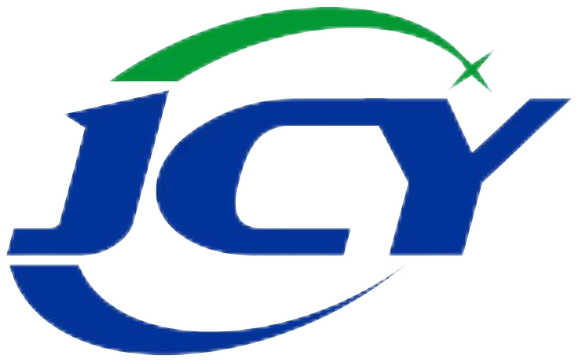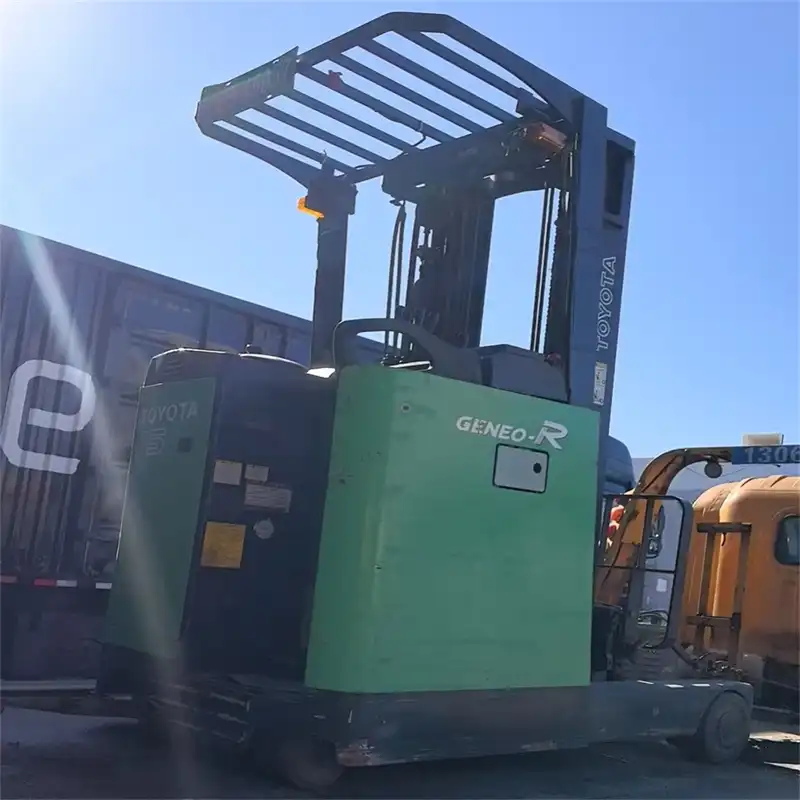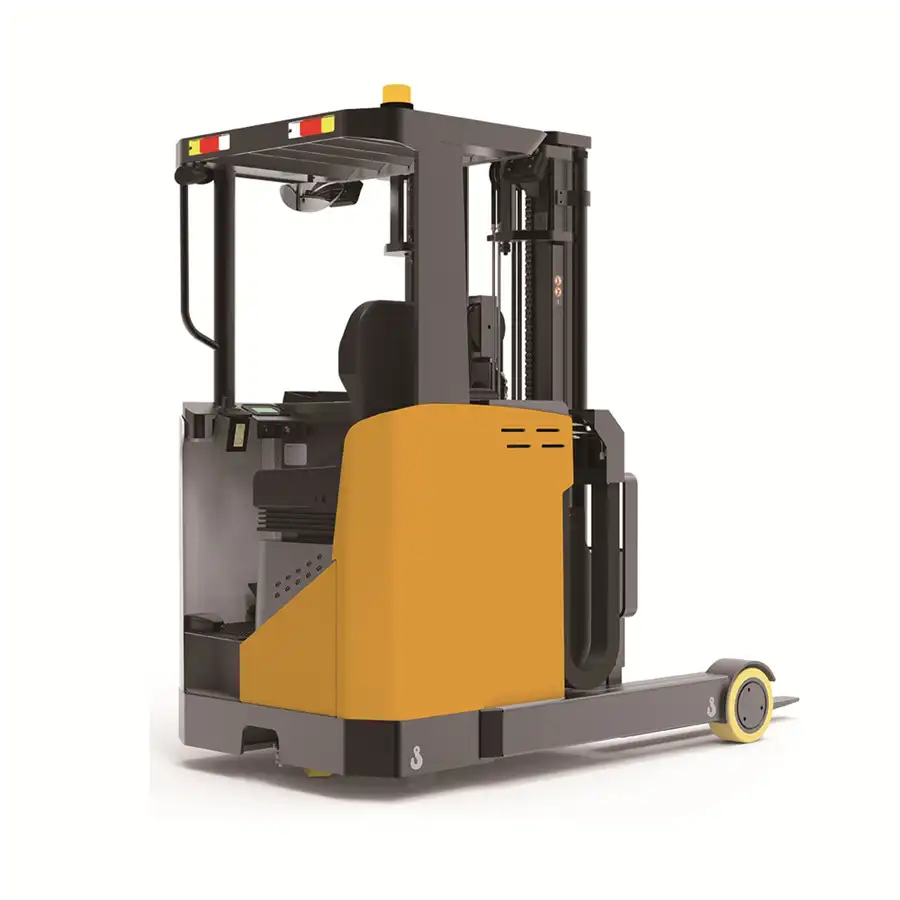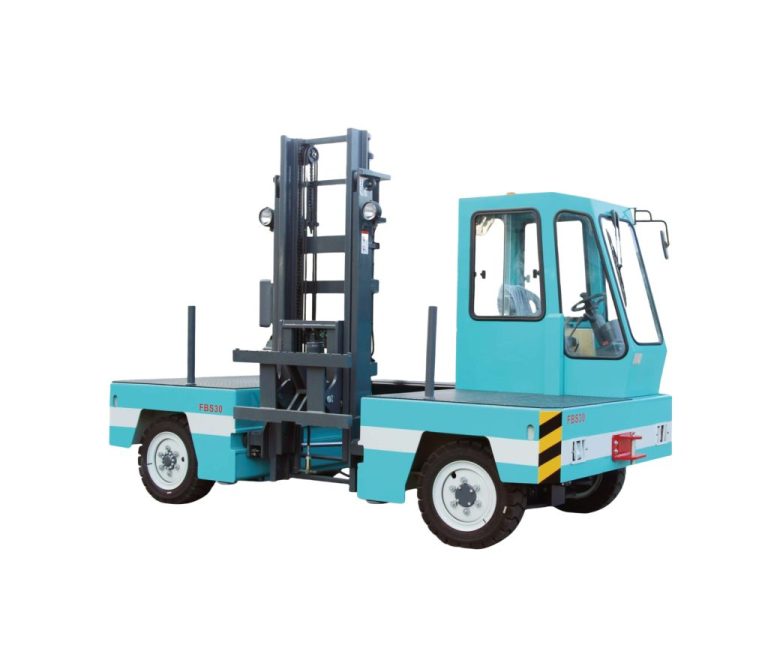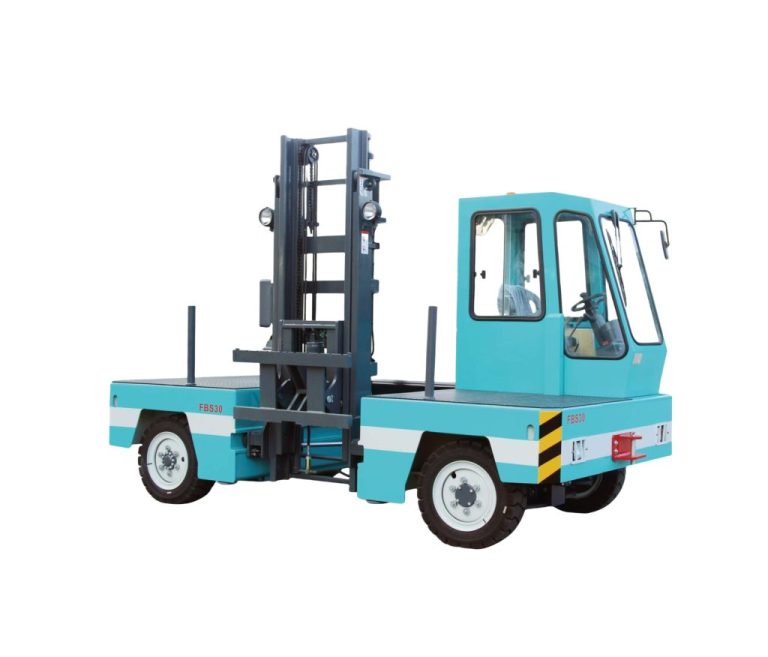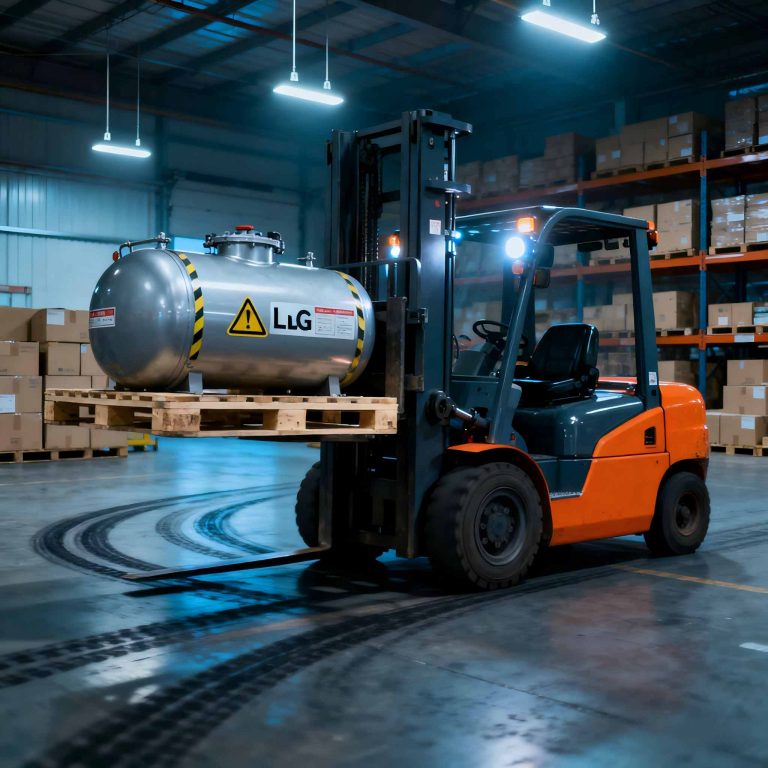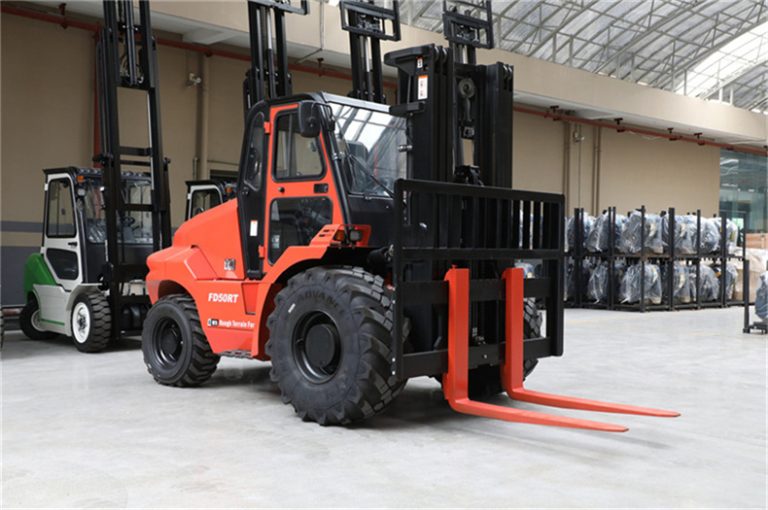Reach truck forklifts are crucial for warehouse activities. Like all machines, they can have issues. Knowing frequent troubles—like electrical glitches, hydraulic problems, steering difficulties, and brake wear—helps workers and repair staff handle them quickly. This guide looks at signs, reasons, and effective solutions to reduce stoppages and keep operations smooth.
What Are the Most Frequent Electrical Issues in Reach Truck Forklifts?
Electrical troubles are leading reasons for reach truck stoppages. Battery issues or wiring defects can halt work. Spotting early clues—like power cutting out or controls not responding—is vital to avoid expensive fixes. Next, we cover finding faults and steps to keep electrical systems dependable.
Symptoms of Electrical Malfunctions
Electrical faults often show as power dropping out, controls failing, warning lights on the dash, or the truck not starting. Workers might see flickering screens or uneven lift and movement. These signs usually point to deeper troubles in the power source, wiring, or controller parts.
Causes Behind Battery and Charging Failures
Power source and charging troubles are very common electrical issues. Bad chargers, harmed power connectors, sulfated power plates from wrong care, or deep draining can all cause weak power flow. Extreme heat or cold can also harm power source function. Correct charging cycles and regular checks help avoid these troubles.
Troubleshooting Electrical Components
Good fault finding means checking wiring, fuses, and control boxes to spot and fix electrical issues before they become big failures.
Inspecting Wiring and Fuses
Harmed or rusty wires can stop power flow. Repair staff should look for frayed cables, loose joins, and blown fuses. Fuses are protectors; a blown one might mean a short or overload elsewhere.
Diagnosing Controller Unit Errors
Modern reach trucks use electronic control boxes to run operations. Error codes on screens often show specific faults like sensor problems or communication breaks between parts. Using test tools to read these codes helps workers find the exact trouble.
JinChengYu FORKLIFT knows electrical dependability matters; their goods are made with tough wiring and smart controllers to cut downtime from electrical faults.
Why Do Hydraulic Systems Fail in Reach Trucks?
Hydraulic systems run the lifting actions of reach trucks. But leaks, dirty fluid, or worn parts can hurt function. Workers might see jerky motions or fluid under the machine. Learn how to spot these issues and fix them to get lifting working well again.
Common Hydraulic System Failures
Leaks and uneven mast motions are clear signs of hydraulic troubles. Early finding stops more harm to pumps, cylinders, and valves.
Leaking Hydraulic Fluid
A very visible sign of hydraulic failure is fluid leaking near hoses, cylinders, or joins. This lowers system force and creates safety risks from slippery floors.
Inconsistent Lifting or Lowering Actions
Jerky or slow mast motions often come from air in the lines, worn seals, or dirty fluid blocking valves and pumps.
Steps to Identify and Resolve Hydraulic Problems
A step-by-step method—checking fluid levels, looking at hoses, testing pressure—helps find and repair hydraulic faults well.
Checking Hydraulic Fluid Levels and Quality
Low fluid can starve the pump and let air into the system. Workers should also check fluid color and feel—dark or milky fluid means dirt that could harm inside parts.
Inspecting Cylinders, Hoses, and Seals
Look closely for cracks in hoses or marks on cylinder rods. Worn seals often cause hidden leaks that weaken lifting without outside drips.
JinChengYu FORKLIFT focuses on hydraulic strength by using top-grade seals and exact-made cylinders in their reach trucks to stop common lift system breakdowns.
How Can Steering and Maneuverability Problems Be Resolved?
Precise steering is key in tight warehouses. When reach trucks have stiff handling or uneven turns, the cause might be worn tires, bad power steering, or misaligned parts. Find useful repair methods to ensure easy, safe movement.
Identifying Steering Irregularities
Workers might find turning hard, too much steering wheel play, or uneven turns—all signs of steering trouble. These issues risk safety in narrow spaces where precision counts.
Potential Causes of Steering Malfunctions
Worn tires, low hydraulic force, or faulty sensors can weaken steering. Finding the root cause leads to good repairs.
Worn or Damaged Tires
Uneven tire wear hurts grip and response. Flat spots from long stops under load can also block smooth turning.
Faulty Power Steering Units
Hydraulic steering needs steady force; any drop from pump failure or leaks causes stiff handling. For electric setups, motor faults or sensor errors can weaken control.
Repair Techniques for Smooth Operation
Workers should start with tire checks and replacement if needed. For hydraulic systems, testing pump pressure ensures enough help force. In electric systems, software reset might be needed after changing bad sensors.
JinChengYu FORKLIFT gives strong steering setups with tough tires and reliable steering parts made for busy warehouse settings where movement is essential.
What Leads to Mast and Fork Malfunctions?
The mast and forks face heavy stress daily. Misalignment, uneven chain tension, or damaged rollers can cause shaky motions or unstable loads. Regular care—like oiling and alignment checks—can lengthen the life of these key parts.
Recognizing Issues in Mast Movement and Fork Alignment
Crooked forks make pallet entry hard while shaky mast motion risks worker safety and load steadiness. Workers might also hear grinding when extending the mast—often a sign of mechanical stress.
Mechanical Causes Affecting Mast Performance
Uneven chain pull, crooked rollers, or bent forks strain mast parts, causing early failure if ignored.
Chain Tension Imbalance
Lift chains need equal pull on both sides; imbalance causes uneven mast extension that strains bearings and rails over time.
Misaligned Rollers or Bearings
Rollers guide vertical motion along the mast path. If worn or crooked from hits, friction rises greatly—leading to jerky action or sticking under weight.
Maintenance Tips for Mast and Fork Components
Regular oiling of rollers and chain tension checks ensure smooth up-down motion. Forks should be checked for bends with alignment tools; small changes hurt load handling.
JinChengYu FORKLIFT builds exact-aligned masts with hardened rollers into their forklifts—cutting wear while keeping fork position steady under heavy use.
How Can Brake System Failures Be Diagnosed and Fixed?
Brake failures bring big safety dangers. Signs like squealing or weak stopping often mean worn pads or air in lines. Timely checks and replacements are key to reliable brakes in demanding warehouses.
Signs of Brake Wear or Failure
Odd squealing when braking, longer stopping distances, soft brake pedals, or visible brake dust build-up signal possible brake system decline needing quick action.
Common Brake System Issues in Reach Trucks
Worn brake pads, air in hydraulic lines, or dirty fluid lower brake power. Regular checks prevent accidents.
Worn Brake Pads or Drums
Friction stuff wears naturally; below minimum thickness, they lose effect—especially under full loads common in warehouses.
Air or Contaminants in Brake Lines
Hydraulic brakes need solid fluid transfer; air bubbles badly cut brake force while dirt like water speeds rust inside cylinders.
Effective Repair Methods for Safe Braking
Brake pads should be changed before hitting maker wear limits. Bleeding lines removes trapped air while flushing old fluid stops dampness rust inside parts.
JinChengYu FORKLIFT ensures worker safety by fitting their forklifts with high-power brake systems made for few care stops without losing stopping force under weight.
What Role Does Preventive Maintenance Play in Avoiding These Problems?
Preventive care is key to forklift life. Regular checks, oiling, and worker teaching can stop small issues becoming big breakdowns. A forward-looking approach saves time, money, and keeps output steady.
Key Maintenance Practices for Long-Term Efficiency
Regular inspections, lubrication, and cleaning habits stop part wear and ensure steady forklift function.
Regular Inspection Schedules
Planned checks find early signs of part fatigue before they cause full stoppages. Care logs track wear patterns for smart service plans.
Lubrication and Cleaning Routines
Dust build-up inside motors or gearboxes raises heat stress while no oil speeds wear on moving parts like chains and rollers.
Benefits of Operator Training on Equipment Longevity
Trained workers handle machines better—avoiding mast overloads or sharp turns that strain drive parts. Proper use lengthens service life across all systems from hydraulics to electronics.
JinChengYu FORKLIFT pushes preventive care by giving full service guides plus teaching tools aimed at maximizing uptime through forward-looking care, not just quick fixes.
Who Is JinChengYu FORKLIFT, and Why Choose Them as Your Supplier?
JinChengYu FORKLIFT is a trusted maker of strong material moving gear. Focusing on toughness, new ideas, and client help, their reach trucks tackle common work challenges. See the gains of teaming with a supplier dedicated to your success.
Overview of JinChengYu FORKLIFT’s Product Range
JinChengYu FORKLIFT makes many material movers like electric reach trucks, counterbalance forklifts, pallet stackers, order pickers—all built for performance in different warehouse needs from narrow aisles to heavy lifts.
Commitment to Quality, Reliability, and Customer Support
The firm sticks to ISO quality rules in making, ensuring each unit meets tough strength tests before shipping. Their after-sale help includes spare parts supply, tech help lines, warranty plans—all to cut client downtime after buying.
Advantages of Partnering with JinChengYu FORKLIFT
Choosing JinChengYu FORKLIFT gives access to advanced forklift tech plus a helpful partner focused on your work success through custom answers for your space limits and output goals—backed by fair prices that boost returns over time.
Final Thoughts on Efficiently Fixing Reach Truck Forklift Problems
Handling common troubles like electrical faults, hydraulic issues, steering errors, mast misalignments, brake decline—and doing preventive care—is key for steady reach truck function while cutting costly stops through timely fixes guided by expert checks like those from JinChengYu FORKLIFT-trained workers who know efficient repairs in real warehouse limits.
FAQs About Reach Truck Forklift Problems
What should I do if my reach truck won’t start after charging overnight?
First check power source levels with a meter; if good but still dead, look at fuse boxes near the controller—it might be a blown fuse from past overloads.
Why is my reach truck making unusual noises during operation?
Grinding sounds often mean dry mast rollers while whining hints at hydraulic pump air from low fluid—both need quick checks before more harm.
How often should I service my reach truck forklift to prevent breakdowns?
Most makers suggest full service every 250–500 work hours based on use level—with daily pre-shift checks as routine care to avoid sudden mid-shift stops.
